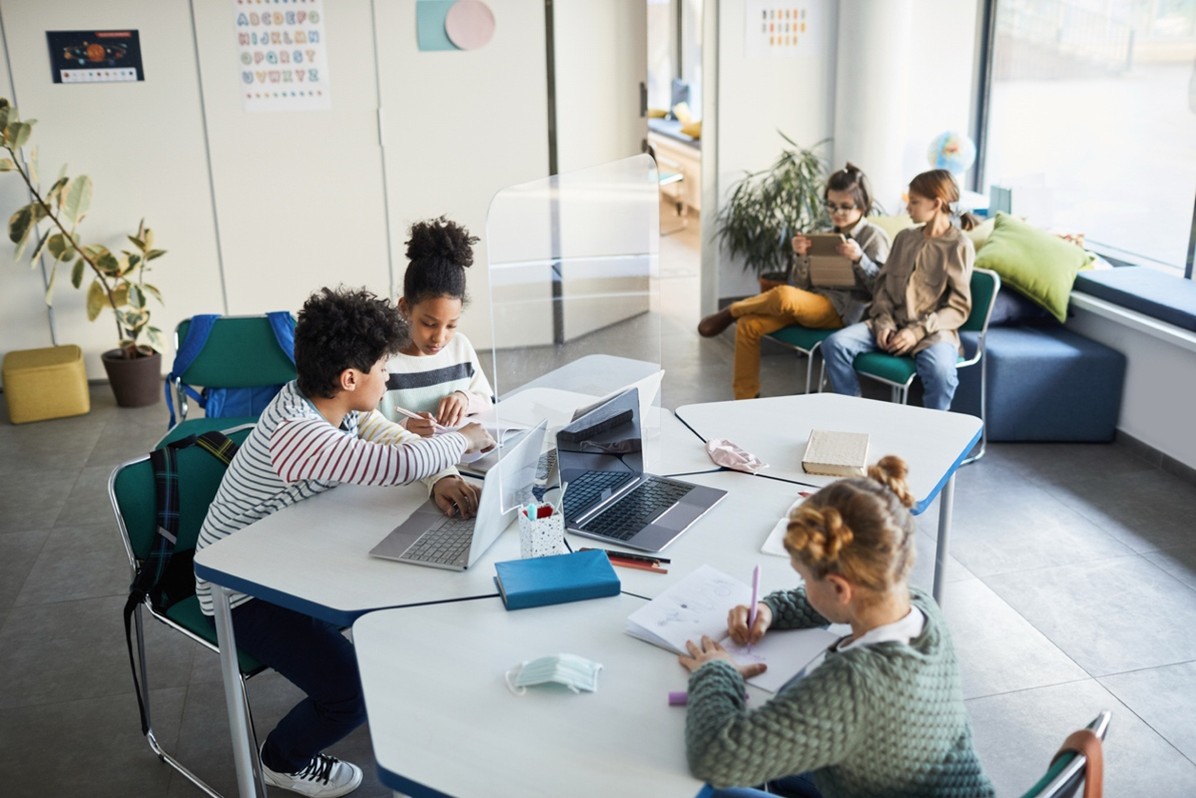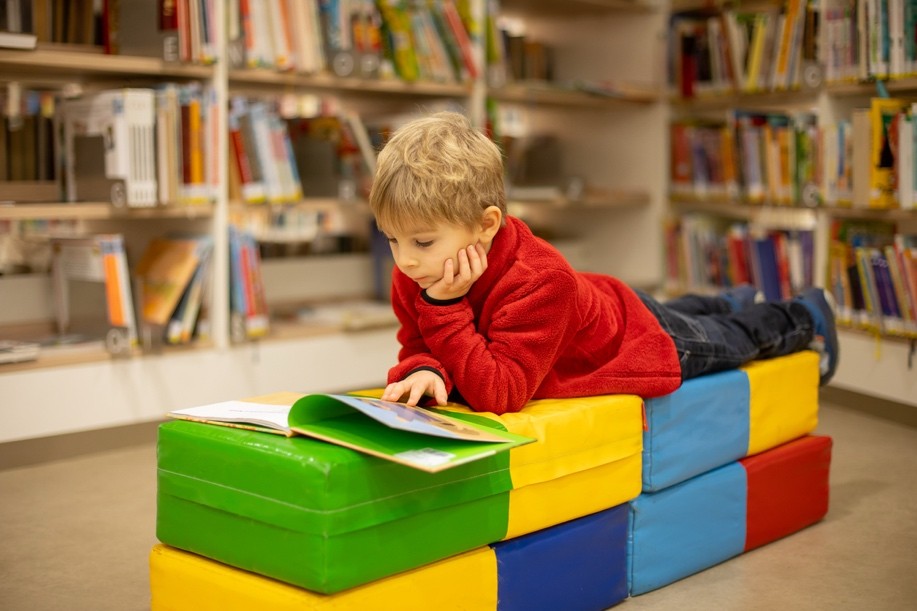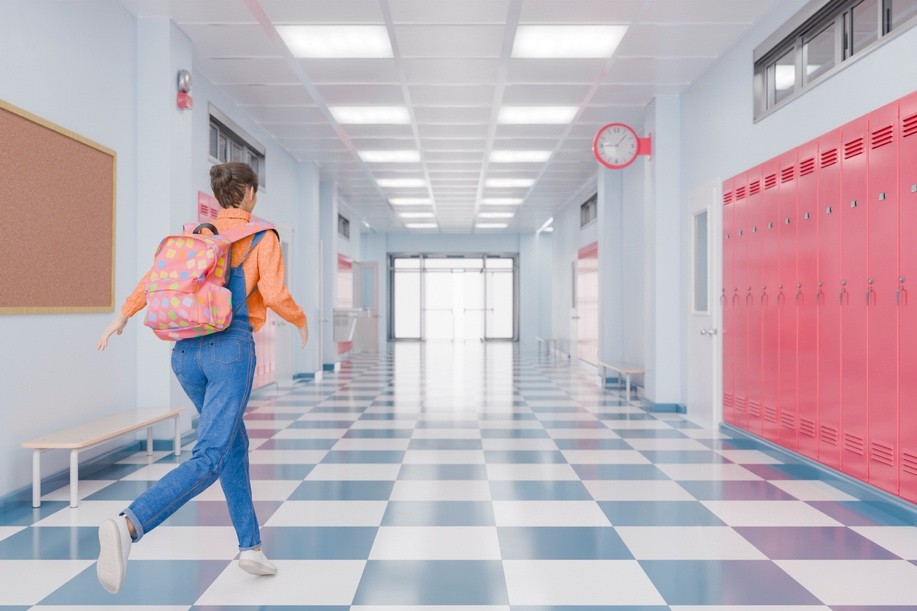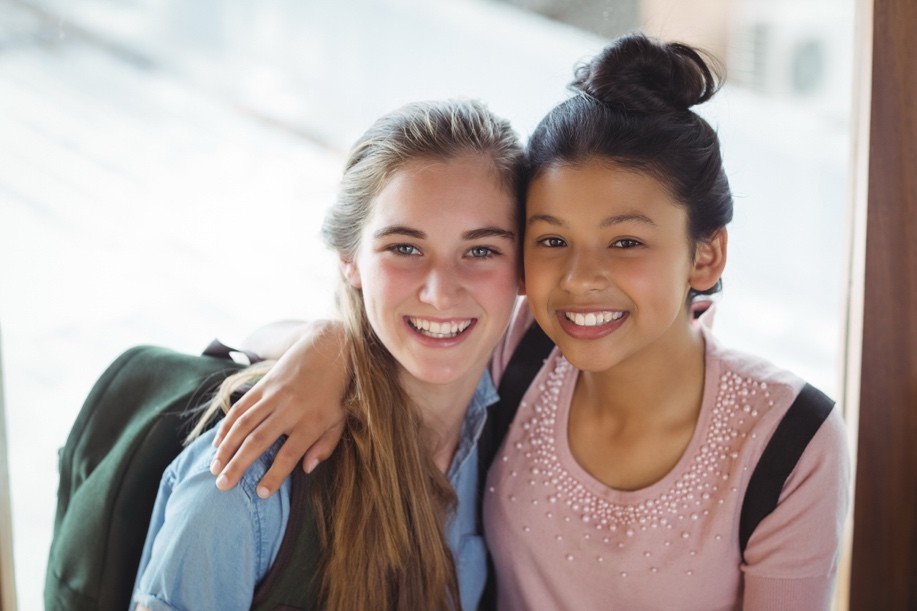By integrating outdoor learning and natural play spaces into the curriculum, schools can foster not just academic excellence but also crucial life skills and environmental stewardship among students. The evidence supports a growing consensus that outdoor learning is not just beneficial but essential for the holistic development of children, encouraging schools to prioritize these initiatives for their long-term positive impact on student outcomes.

In an era where digital screens control our lives, the importance of outdoor learning and natural play spaces within educational settings cannot be overstressed. For school leaders and educators aiming to support students’ overall growth, adding these spaces to the school environment is not just an upgrade but essential. Recent research underscores the many advantages of outdoor learning spaces, from improved physical health to stronger cognitive and social skills, and even contributing positively to environmental awareness.
Physical Health Benefits
Outdoor learning spaces offer significant health benefits. A study in the International Journal of Environmental Research and Public Health highlighted that regular outdoor learning sessions significantly increase students’ physical activity levels compared to traditional indoor classes. This is key to combating the sedentary lifestyle that is increasingly prevalent among children and adolescents, which is linked to obesity and other health issues. Also, exposure to natural sunlight and fresh air during learning activities can boost vitamin D levels, leading to improved mood and energy levels and increased overall health and school performance.
Cognitive and Academic Benefits
Beyond physical health, natural play areas and outdoor learning environments are instrumental in cognitive development and academic performance. Research published in Frontiers in Psychology found that lessons in nature can improve concentration and academic outcomes, with students displaying significant progress in subject performance following outdoor lessons. Nature offers a unique, engaging setting that sparks curiosity and hands-on learning, helping students better understand and retain educational content.
Social and Emotional Growth
Outdoor learning spaces also play a key role in social and emotional development. They naturally encourage cooperative play, teamwork, and communication skills. Research published in Education 3-13 showed that learning in outdoor educational settings leads to more direct and meaningful interactions among students, promoting empathy, resilience, and leadership skills. The less structured, more explorative outdoor learning environment encourages students to try new things, solve problems together, and build self-confidence and independence.

Caring for the Environment
Equally important is the role of outdoor learning in promoting care for the environment. Engaging with nature from a young age instills a sense of responsibility towards looking after our planet, leading to more sustainable behaviors. Studies show that students who learn outside are more likely to care about saving the environment. By experiencing the beauty and complexity of nature firsthand, they gain a deep respect and love for it, which is vital for raising future environmental advocates.
Implementation Challenges and Solutions
Despite the clear benefits, adding outdoor learning and natural play spaces does come with challenges, including budget constraints, safety concerns, and curriculum integration. Careful planning and community involvement can overcome these hurdles. Schools can start small by using existing green spaces or creating simple garden projects, gradually expanding as resources allow. Partnerships with local environmental organizations and parent-teacher associations, and seeking grants specifically for green initiatives, can provide the necessary funding and expertise.
Working together with educational experts to align outdoor activities with educational goals ensures that they complement traditional classroom teaching, rather than distract from it. Safety concerns can be eased with clear guidelines and supervision and by designing spaces with safety in mind, so that the benefits far outweigh the risks.
Implementing outdoor learning spaces effectively requires careful consideration of various factors to ensure the environments are conducive to learning and engagement. Best practices include integrating the outdoor environment seamlessly with the curriculum to ensure all subjects, not just science or physical education, can benefit from the unique setting. As noted in discussions with educators, any subject can be taught outside with the right approach, particularly if lessons can be adapted to low-tech versions and essential equipment. Using simple tools such as clipboards, whiteboards, and foam pads can facilitate the transition from indoor lessons to the outdoors.
Involving the community in the creation and maintenance of these spaces builds a sense of ownership and collaboration. This approach not only helps with the physical setup of outdoor classrooms but also helps in overcoming challenges and improving the learning experience through shared effort.
Addressing teachers’ concerns and providing them with the right support is key to the successful implementation of outdoor learning. Professional development focused on outdoor teaching can inspire teachers and give them the confidence and ideas to use these spaces effectively. Setting clear routines and expectations for students, along with creative lesson planning that incorporates the natural surroundings, can greatly improve engagement and learning outcomes.
Overall, the transition to outdoor learning spaces should be thoughtfully planned, involving a collective effort from the entire school community, and supported by professional development to ensure teachers are prepared and equipped to maximize the benefits of teaching in natural settings.
Success Stories
Thousand Oaks High School in California is an excellent example of the effective implementation of outdoor learning spaces. Through a cooperative effort, the school unveiled a sustainable outdoor learning environment. This space supports not only educational activities but also promotes hands-on learning and group collaboration. This initiative shows how public and private sector partnerships can transform education and address unique school needs, serving as a blueprint for others.
Another inspiring example comes from a rural elementary school in Vernon, Vermont serving grades K–6, where the implementation of outdoor classrooms has been transformative. Before the pandemic, outdoor activities were limited to occasional nature walks. The shift to integrate outdoor learning into the daily routine, fueled by the pandemic, has now become a core part of their instructional strategy. This transformation was achieved through community involvement, including teachers, parents, and local volunteers, who worked together to create practical outdoor learning spaces. These outdoor classrooms not only offer a refreshing change from traditional settings but also significantly augment student engagement and provide opportunities for hands-on, nature-based education.
The Los Angeles County Office of Education’s Outdoor and Marine Science Field Study program offers insights into the broader application and success of outdoor learning. Educators highlight the importance of professional development and planning to make outdoor learning effective across various subjects beyond just science, art, and physical education. Emphasizing the adaptability of outdoor learning to different weather conditions and the need for thoughtful integration of natural phenomena into lessons, the program underscores outdoor education’s potential to enrich learning experiences.
These examples vividly illustrate the important role outdoor learning spaces can play in enriching education and provide valuable insights for schools looking to implement or enhance their outdoor learning initiatives.
Conclusion
The benefits of prioritizing the design of outdoor learning and natural play spaces are profound and well-documented. By investing in these spaces, schools not only improve the educational experience but also contribute to the well-being of their students and the planet. The call to action is urgent and undeniable: it is time to bring learning back into the natural world, where it can have the most impact.
This article is based, in part, on the following articles:
- https://www.eschoolnews.com/district-management/2021/05/12/how-outdoor-learning-spaces-lead-to-stem-engagement/
- https://www.edutopia.org/article/learning-blooms-outdoor-classrooms
- https://essentials.edmarket.org/2021/10/outside-insight-creating-outdoor-learning-environments-that-work/Top of Form
- https://www.forestresearch.gov.uk/research/forest-schools-impact-on-young-children-in-england-and-wales/
- https://muddyfaces.co.uk/outdoor-hub/forest-school/reports-research
- https://forestschoolassociation.org/new-research-a-longitudinal-study-on-forest-school/










